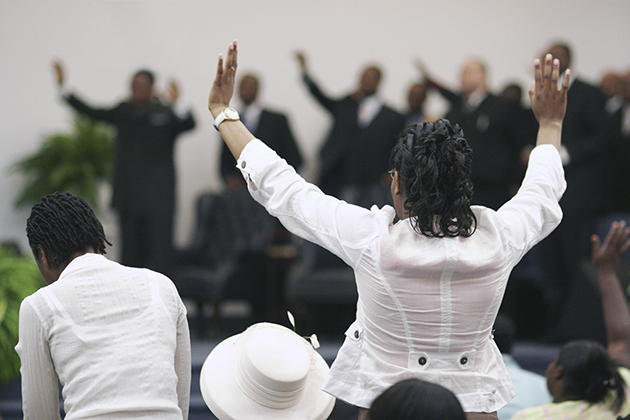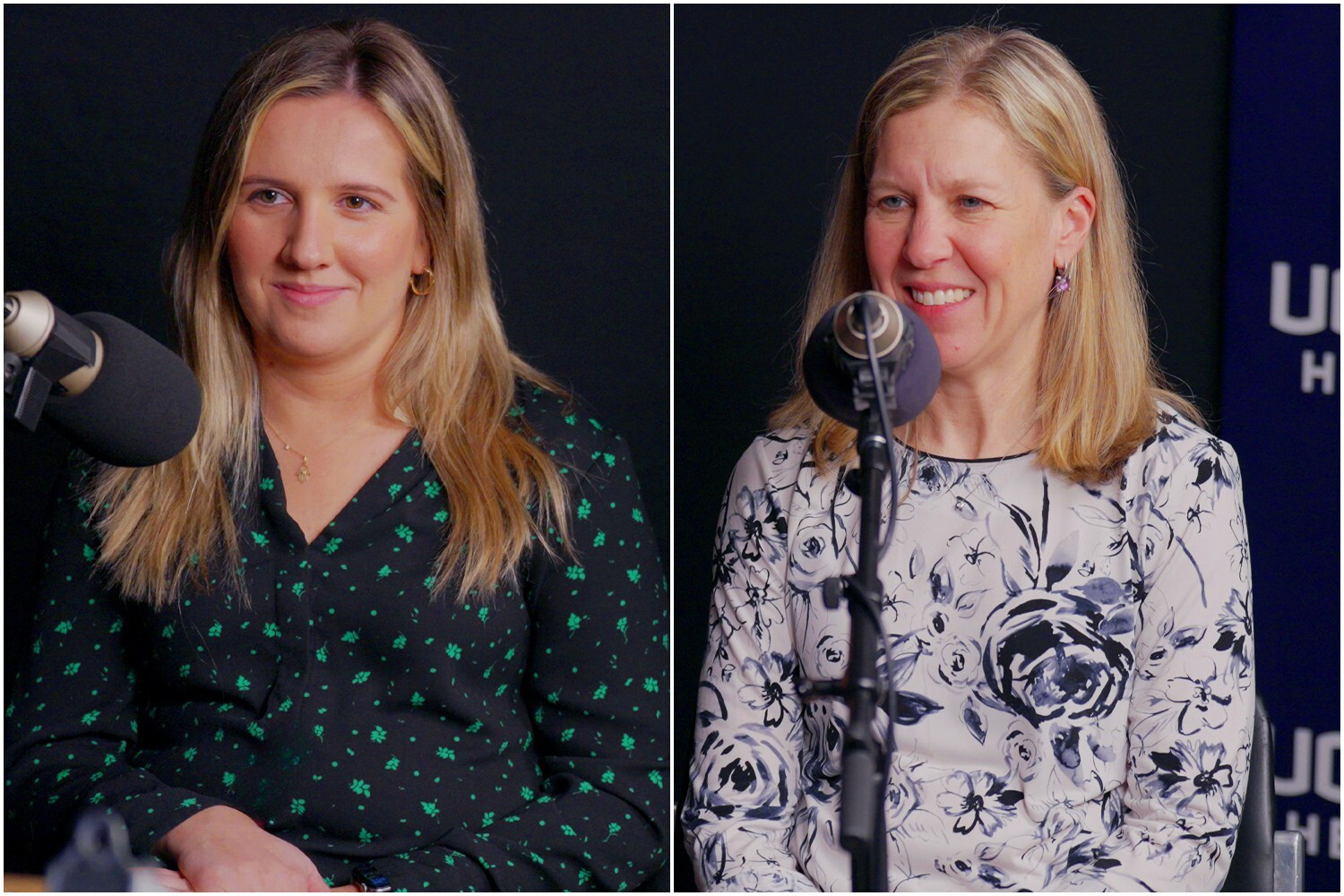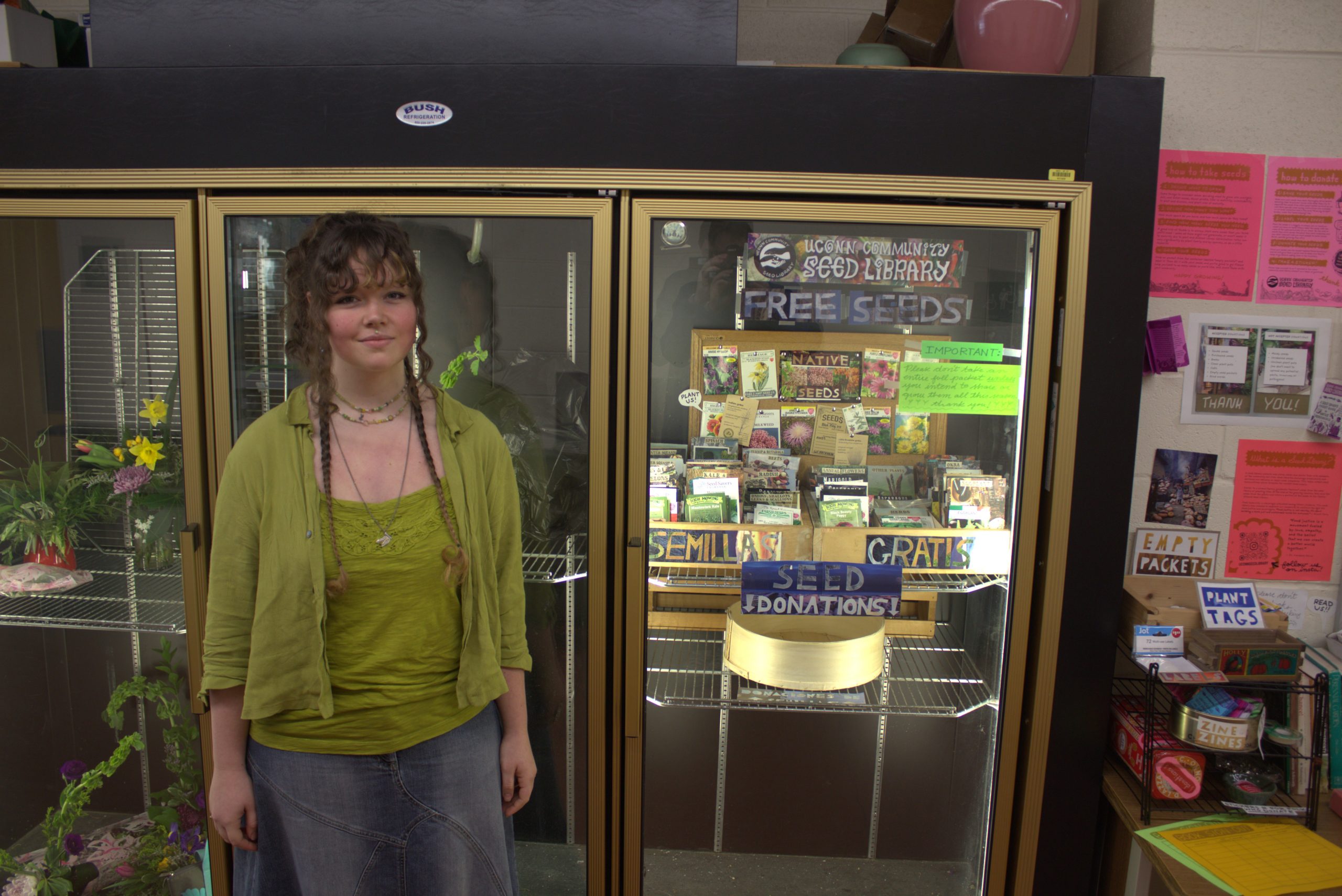In January, as one of the first major initiatives of the Academic Vision, the Rudd Center for Food Policy and Obesity will move to UConn from Yale University. The move will allow Rudd faculty to expand their work and build new collaborations with UConn experts on nutrition, public policy, psychology, agriculture, economics, and obesity.
Every Wednesday throughout this semester, read about the cutting-edge work spearheaded by UConn and Rudd investigators. Read more articles.

Science and religion may seem like uneasy partners at times, but when it comes to promoting healthy lifestyles, one UConn Health researcher has shown they can be an effective combination.
Judith Fifield, professor of family medicine and director of the Ethel Donaghue Center for Translating Research into Practice and Policy (TRIPP), has been examining ways that faith communities can promote weight loss among their members since the late 1990s.
Her research, along with work by colleagues at Brown University, led to the launch of the SisterTalk program in Hartford, an initiative in which African-American churches provide supportive environments rooted in Christian doctrine for congregants using scientifically-tested methods to lose weight.
Now, along with health insurance provider Emblem Health, Fifield is preparing a launch of SisterTalk in New York City, starting in January with seven of the city’s largest African-American churches signing up to participate.
“The idea of training people in the church, using a blend of faith and science to promote better nutrition and regular exercise, has shown promising results so far,” Fifield says.
The 12-week program uses group meetings and tailored video content – created with the collaboration and participation of local faith leaders – to help participants find healthier lifestyles that facilitate weight loss.
SisterTalk was aimed at helping churchgoing African-American women both because of disparities in health outcomes and because local churches provided a natural partner when it came to reinforcing healthy behavior.
“What had become clear by the late 1990s was that African-American women were as motivated as their white counterparts to lose weight, but they weren’t as successful,” Fifield says. “They were leaving weight loss programs earlier, and the conclusion was that these programs weren’t being designed for them.”

That’s what Fifield set out to do, along with colleagues at Brown University – including Kim Gans, whose work helped create an earlier, slightly different SisterTalk program in Boston, and who joined UConn this year as a professor in the Department of Human Development and Family Studies – and with the members of the faith groups themselves, whose insights helped create materials that resonate with participants.
“African-American churches are typically interested in the whole person – spiritually, physically, financially,” Fifield says, “so this made a lot of sense.”
To that end, the SisterTalk program being developed for use in churches in Harlem and Queens will be different from the Hartford version in terms of the specific messaging and theology that accompanies the science-based lifestyle guidance.
The New York SisterTalk, which, like the Hartford program, is being funded by a grant from the Patrick and Catherine Weldon Donaghue Medical Research Foundation, will also have Emblem Health’s neighborhood health centers as resource locations for participants in the program. It can be challenging for churches and their volunteers to keep a 12-week program running in perpetuity, so Fifield hopes Emblem’s involvement will be a welcome support to the program.
But the core principles remain, which were shown to be successful in Hartford: more than half the women who participated in the program during a four-year study of its effectiveness lost weight, and a year after the formal study ended, 66 percent had maintained their weight or continued to lose pounds.
“SisterTalk is really something that lives in the community, as well as providing research that lives in papers and journals,” Fifield says. “It’s gratifying to see how it can become a part of people’s everyday lives in that way.”


